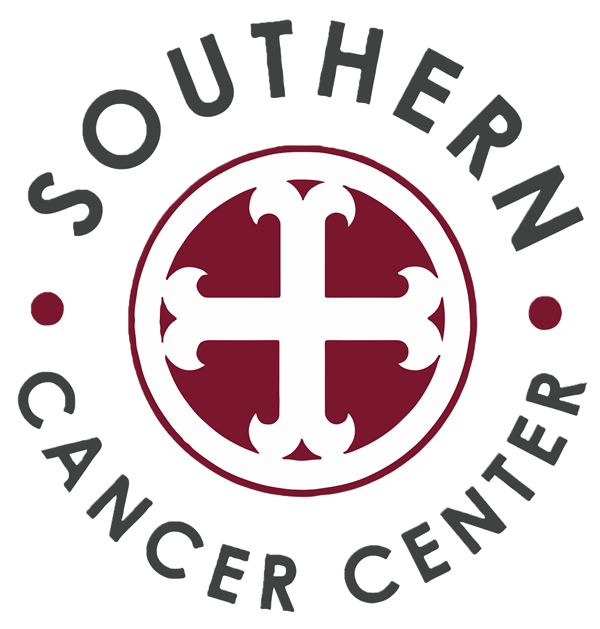Mammograms are the best tool physicians have for detecting breast cancer as early as possible. But research shows that some women with certain risk factors may benefit from additional or adjusted screening.
Breast Density Can Affect Cancer Detection
Your mammogram report may mention breast density, which describes how much fibrous and glandular tissue there is in the breast compared to the amount of fat tissue. Dense breast tissue—less fat tissue and more fibrous and glandular tissue—can make it harder to see cancer on a mammogram. Dense breast tissue may also be linked to a higher risk of developing breast cancer.
If you have dense breast tissue, your physician may recommend a three-dimensional mammogram. Multiple X-ray images are taken of each breast at multiple angles without compressing the breast to avoid causing the tissue to overlap. These images are then digitally assembled to produce a clear three-dimensional image that makes any potential cancer easier to detect.
While mammograms still detect most breast cancers in women with dense breast tissue, your physician may also recommend additional screening like an ultrasound or MRI to further improve breast cancer detection.
Classic Risk Factors Can Help Guide Screening Recommendations
Risk assessment models evaluate the likelihood you will develop breast cancer by considering your family health history and other potential risk factors. This may include:
- Age
- Height and weight
- Breast density
- Any past breast biopsies
- Personal or family history of breast or ovarian cancer
- Hormone use
- Ashkenazi Jewish heritage
- Age of your first menstrual period
- Age when you first gave birth
- Age at menopause
- Age of any other cancer diagnosis
Your score on the risk assessment model tells your physician whether you are at an average, intermediate, or high risk of developing breast cancer. The risk category you fall into can help your physician decide on the most appropriate and beneficial screening for you.
- Average risk: If you have an average risk of breast cancer, additional testing outside of general guidelines is most likely not needed.
- Intermediate risk: Your physician may recommend some additional testing, especially if you have dense breast tissue.
- High risk: Your physician may recommend additional screening like a breast MRI or ultrasound every year.
Ask Your Physician About Screening Recommendations
If you have questions about breast cancer screening, your mammogram report, or any risk factors you may have, please consult your physician. They can help you determine the most appropriate screening guidelines for you.
Sources:
- https://www.breastcancer.org/research-news/20140114-4
- https://www.cancer.org/cancer/breast-cancer/screening-tests-and-early-detection/mammograms/breast-density-and-your-mammogram-report.html
- https://www.breastcancer.org/screening-testing/digital-tomosynthesis
- https://www.breastcancer.org/research-news/risk-assessment-tool-accurate-for-19-yrs
